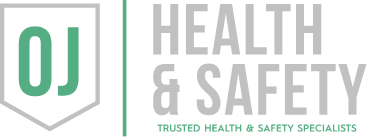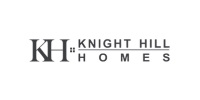5 star !!
I’ve had the pleasure of working with OJ Safety for our health and safety compliance needs, and I couldn’t be more impressed with their services! From start to finish, they demonstrated professionalism, expertise, and a genuine commitment to ensuring our workplace meets the highest safety standards.
First and foremost, their team is incredibly knowledgeable. They took the time to thoroughly understand our specific requirements and provided customized solutions that perfectly suited our business. Their consultants are not only experts in their field but also approachable and patient, making it easy for us to grasp even the most complex regulations.
Thank you, OJ Safety, for your outstanding service!









